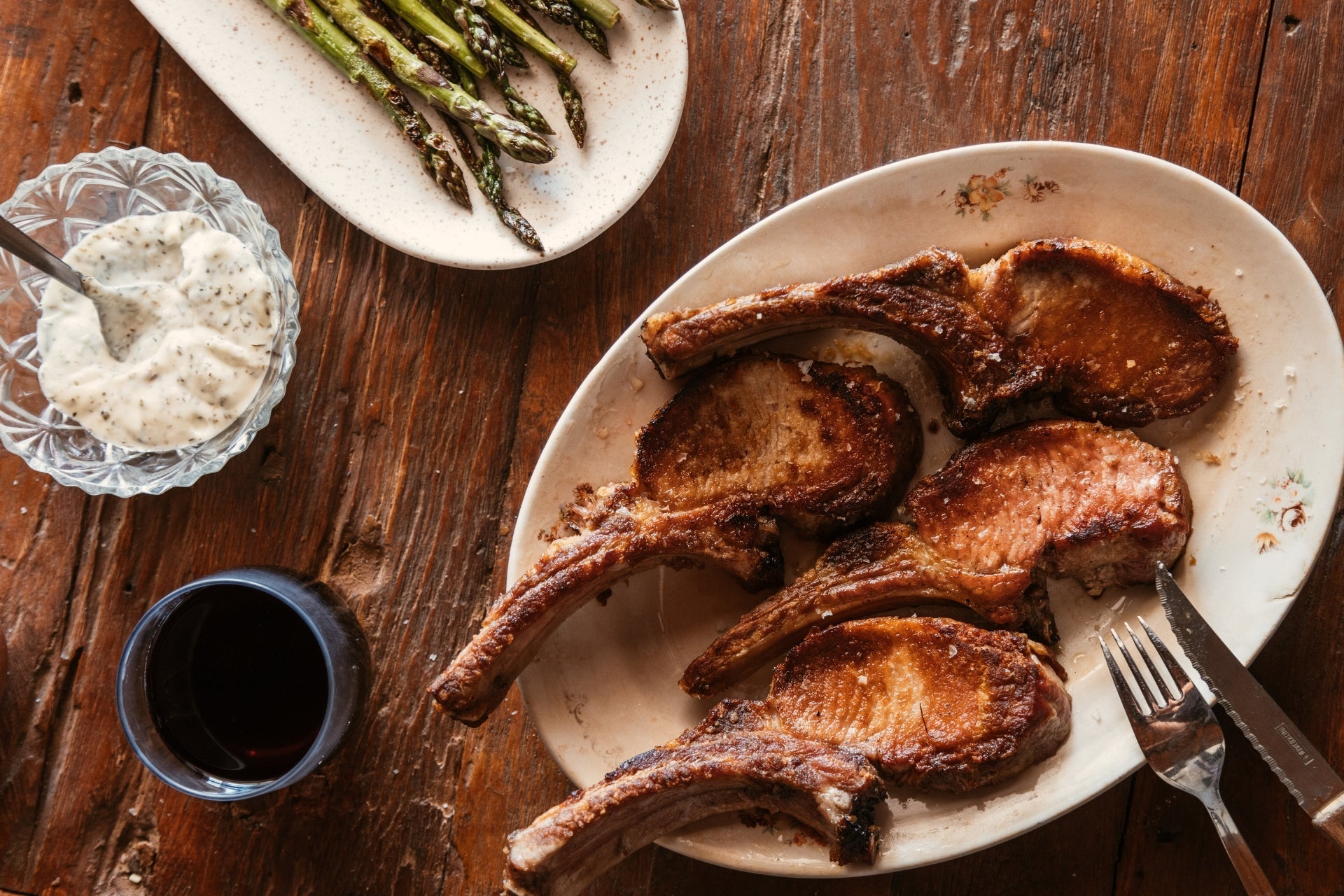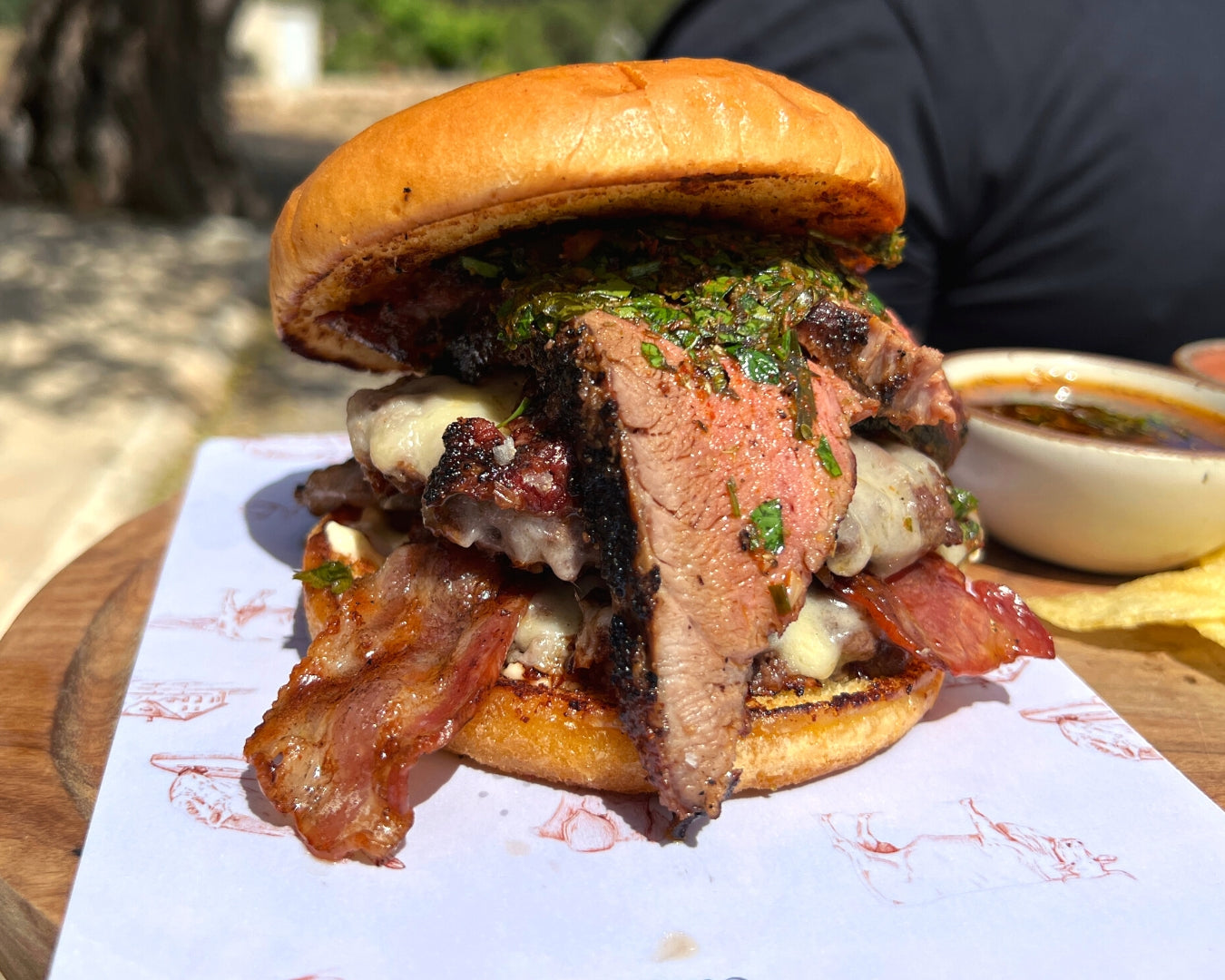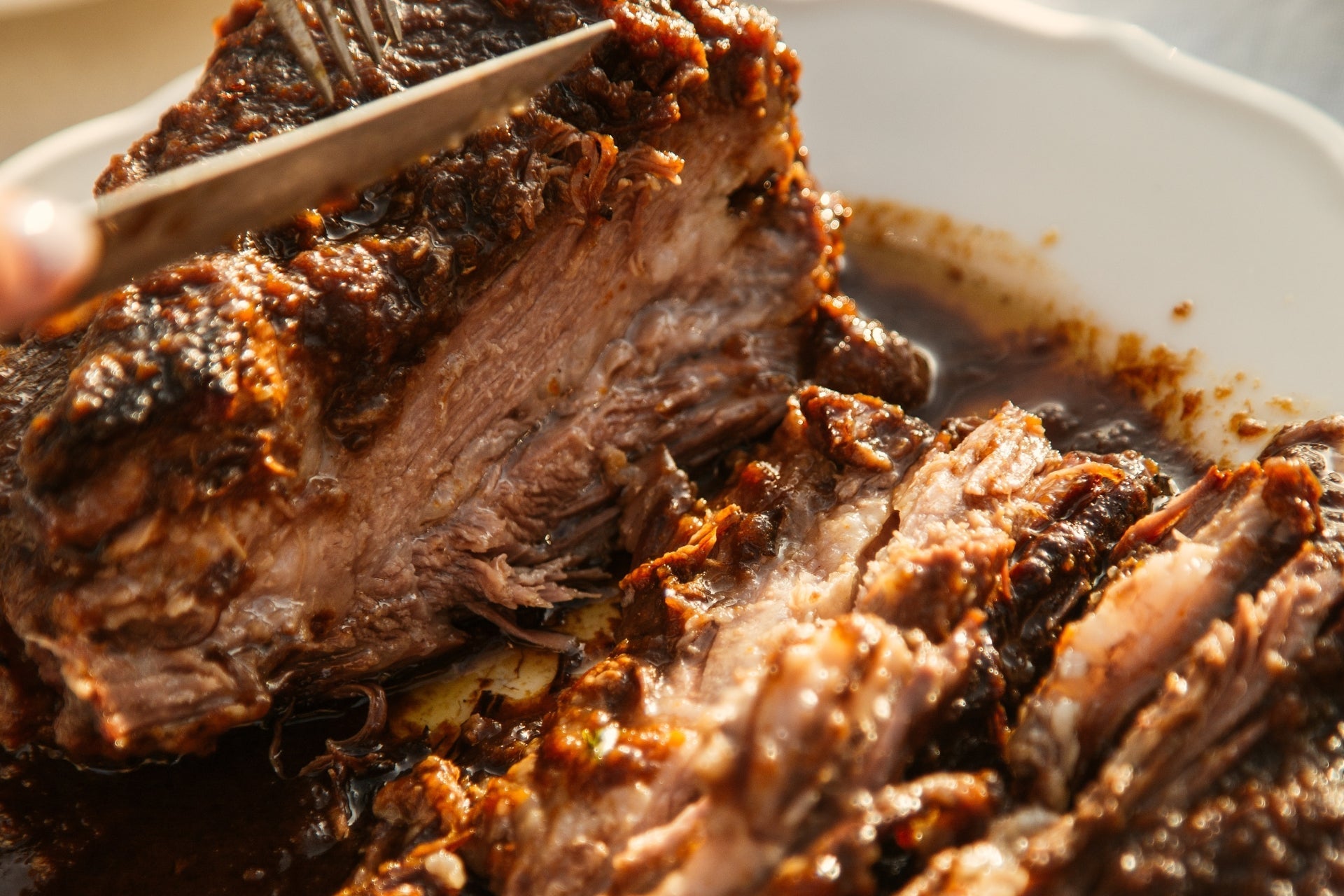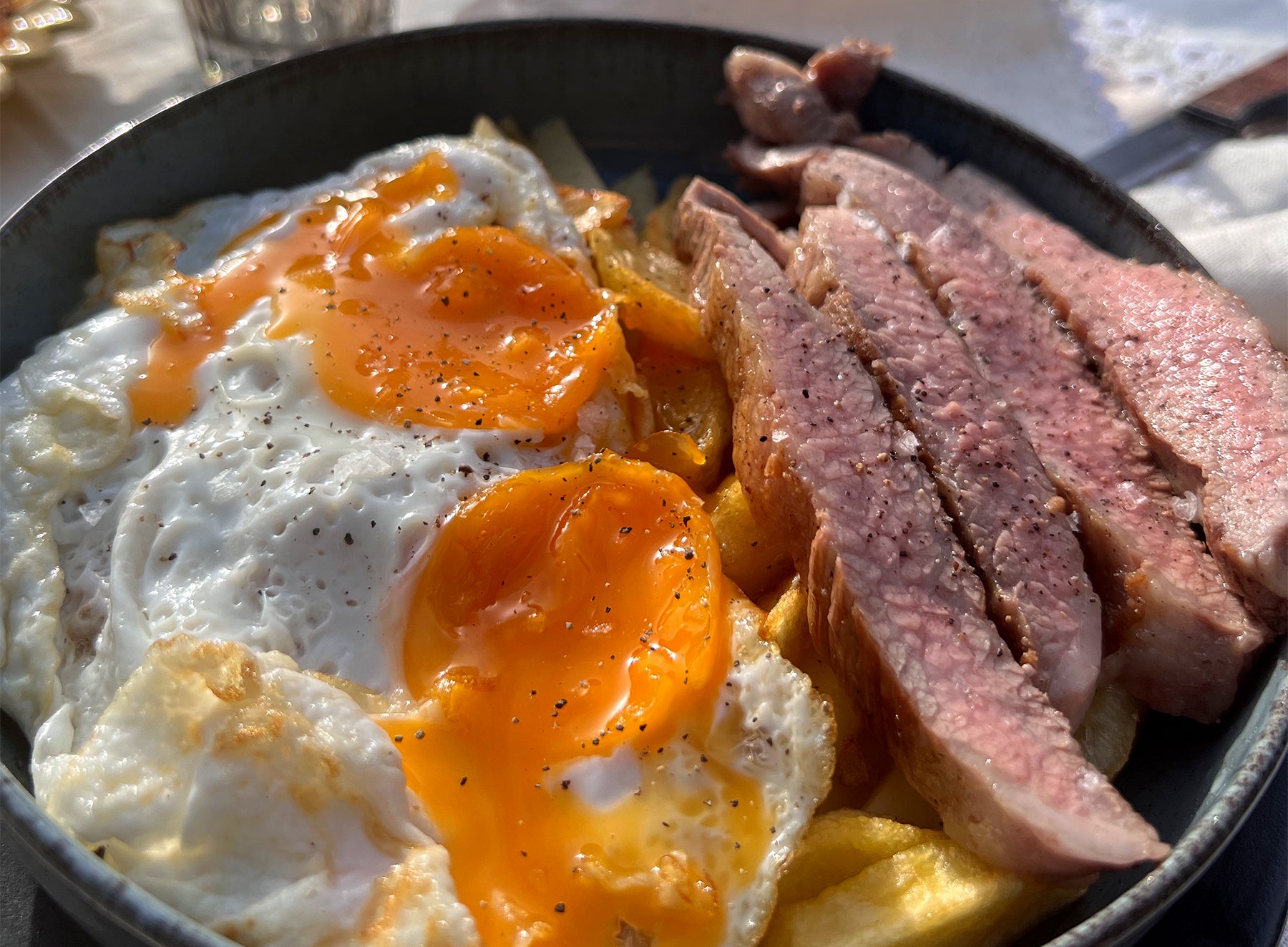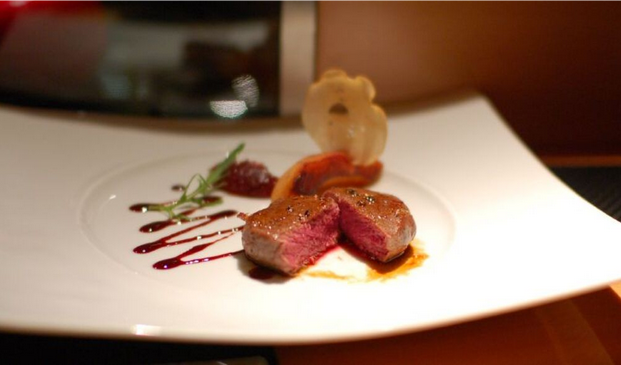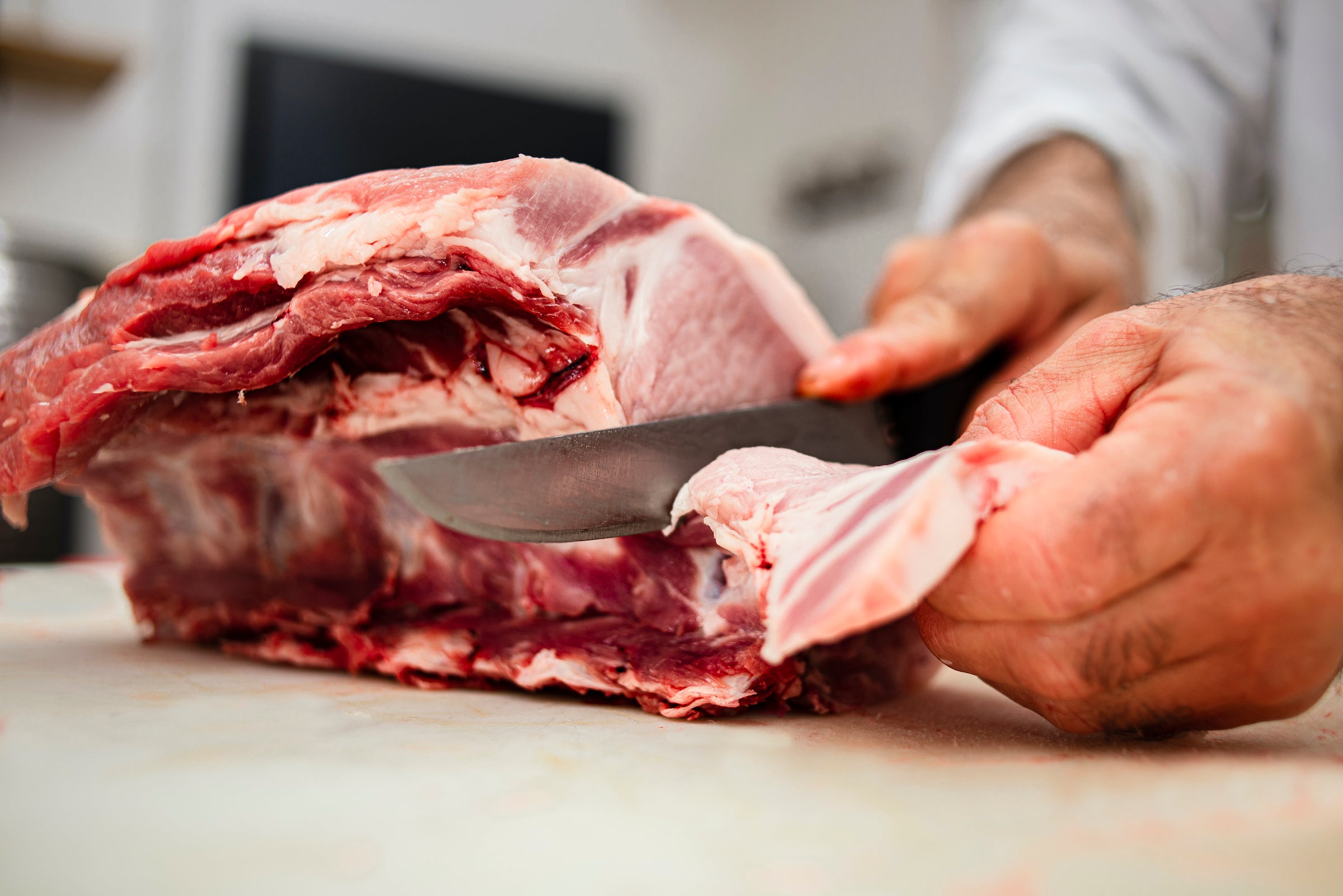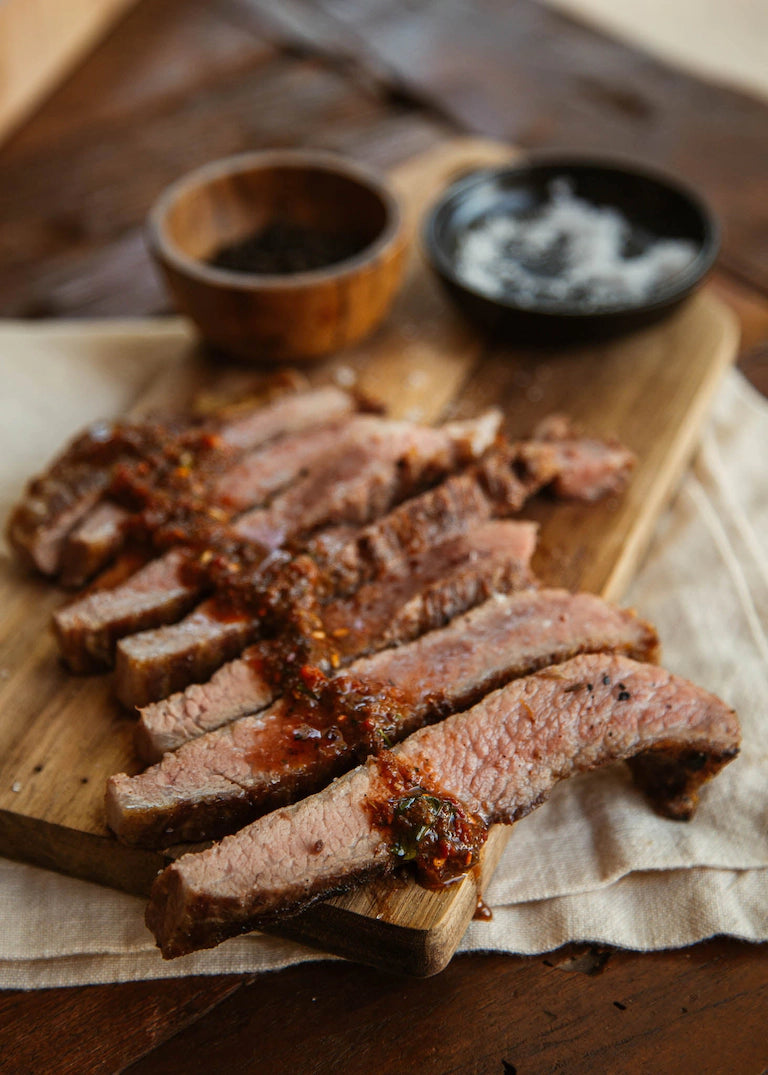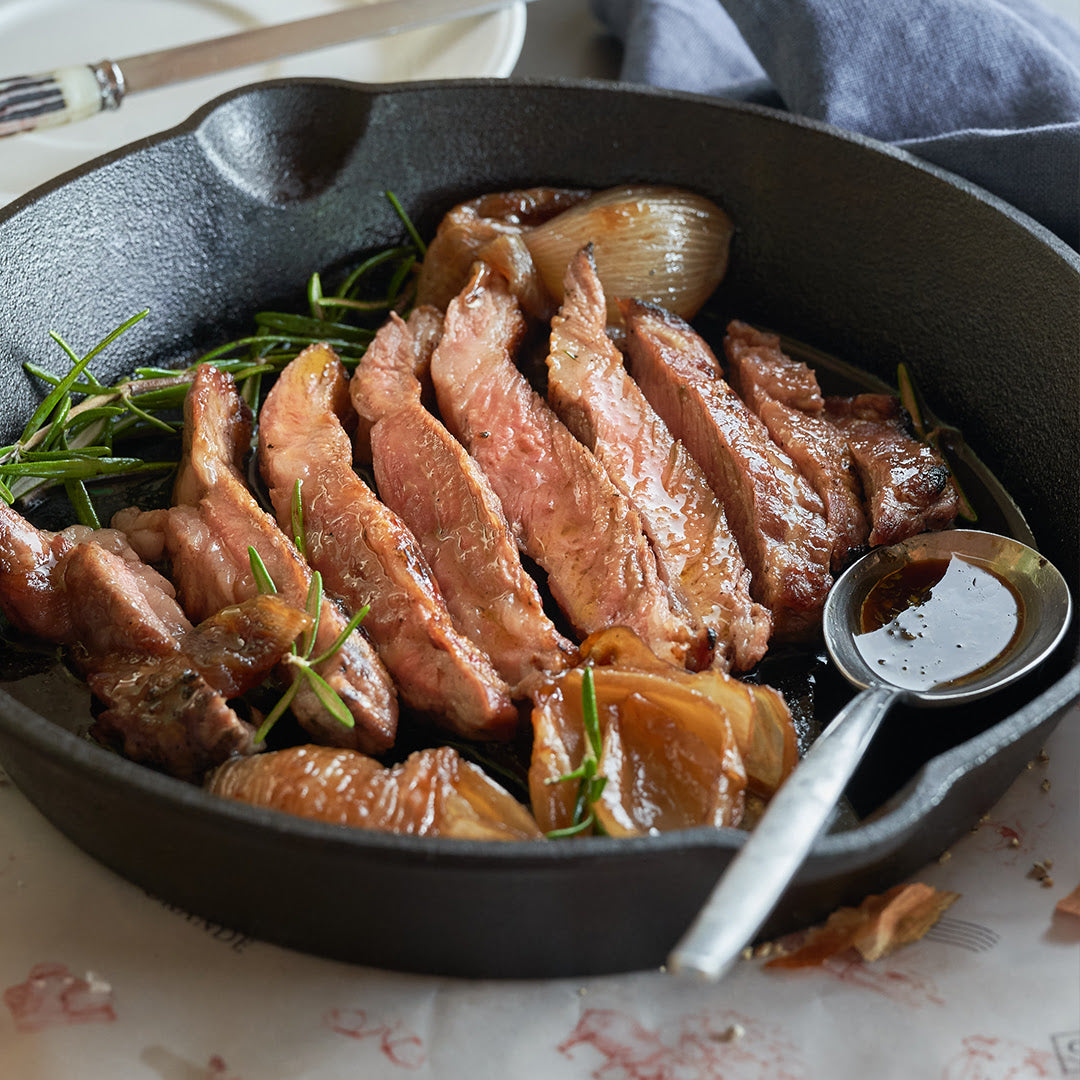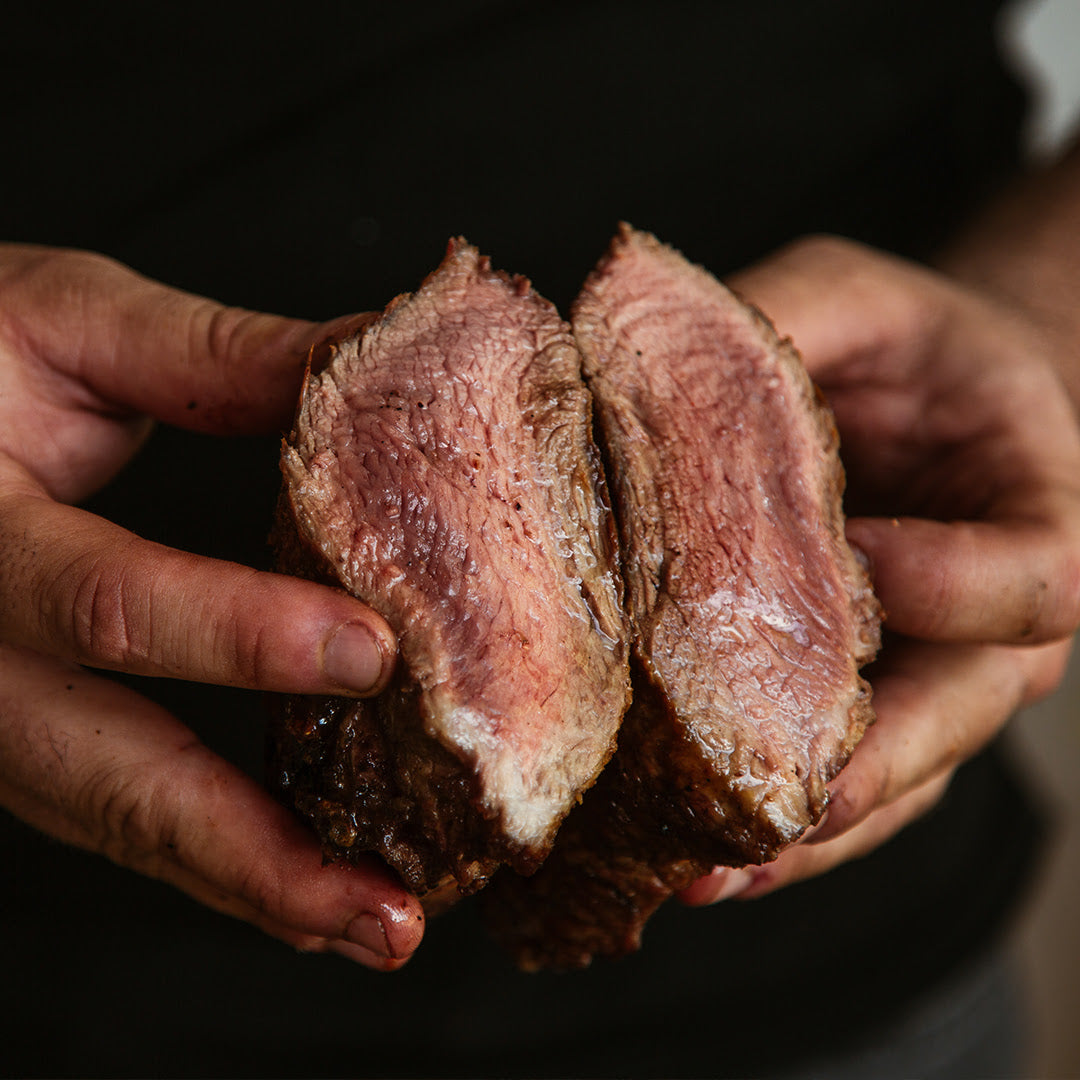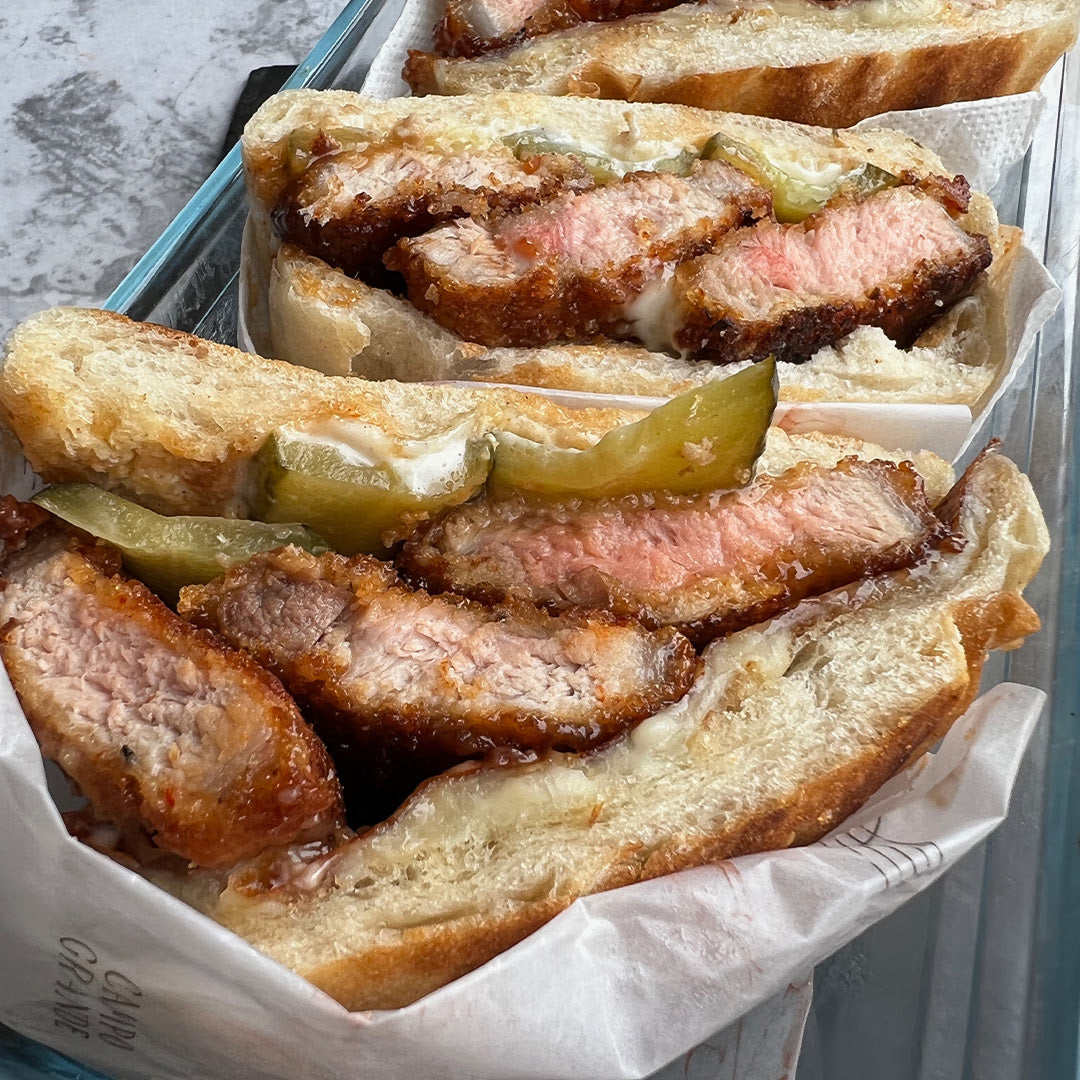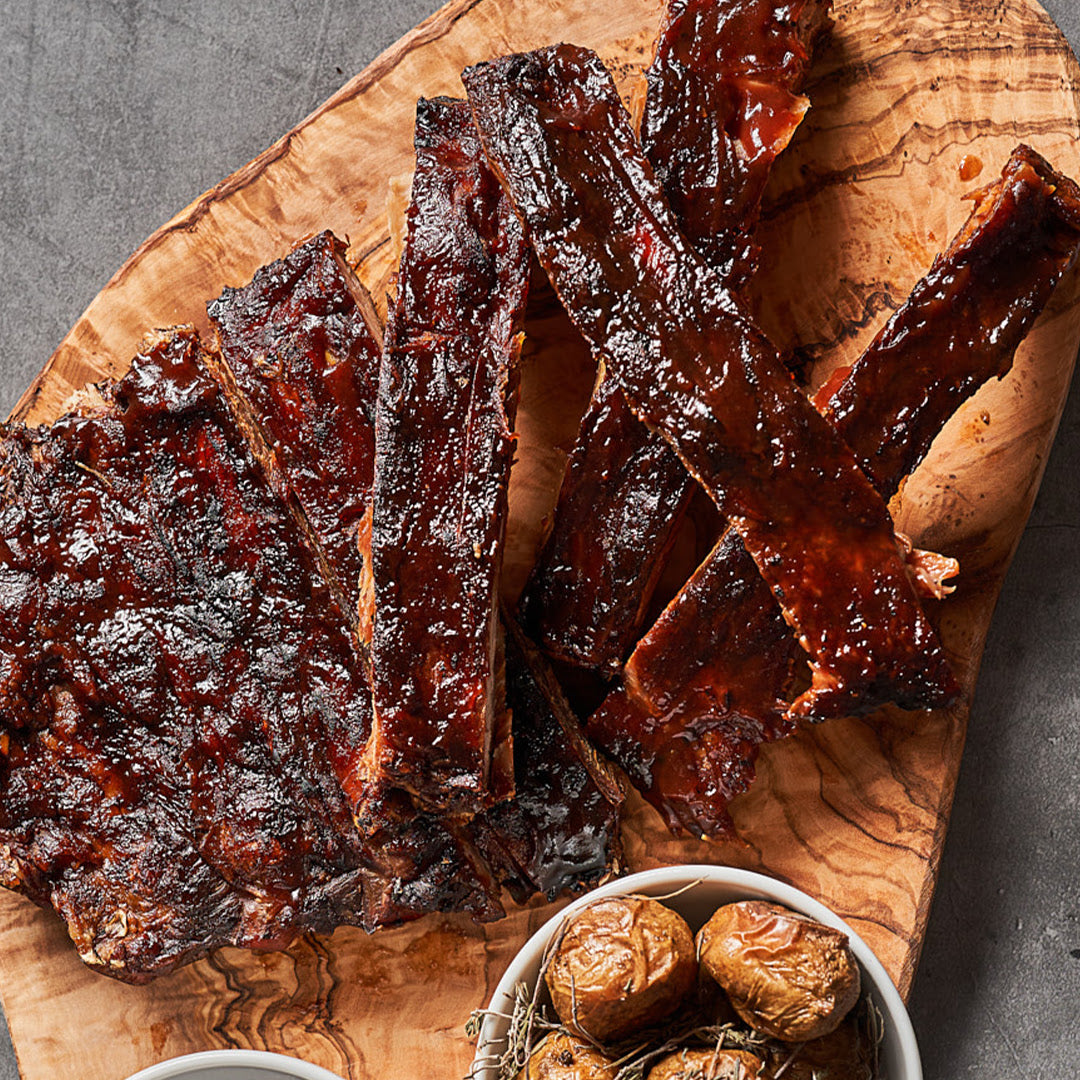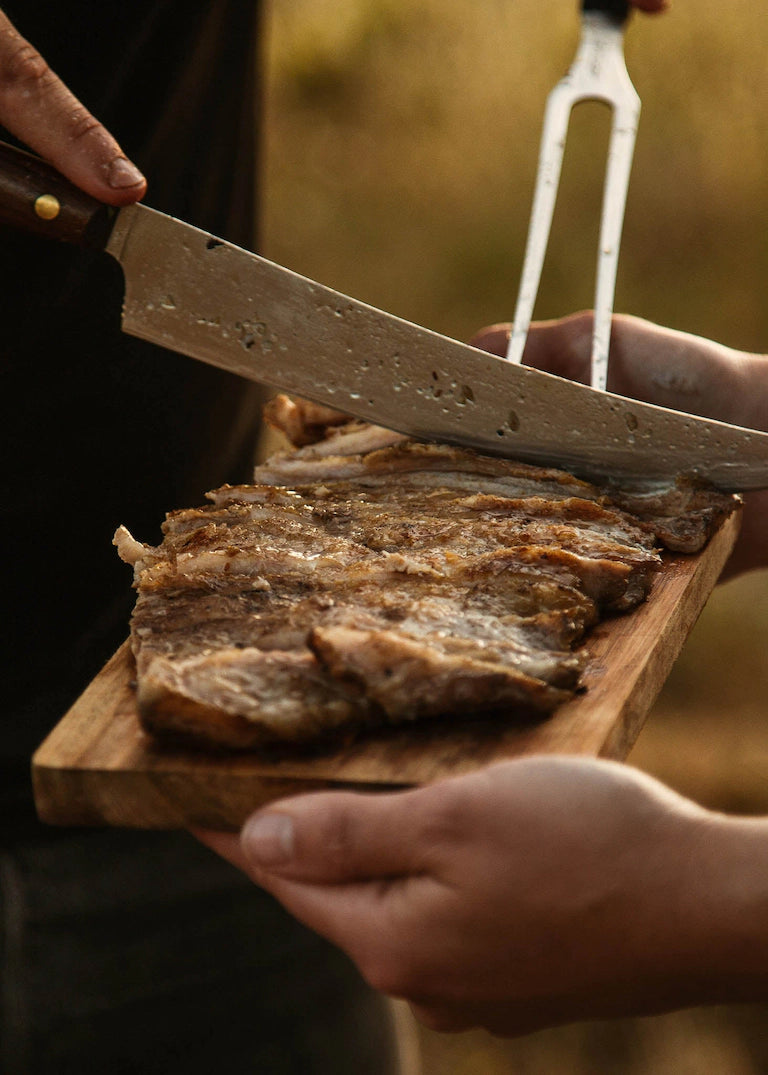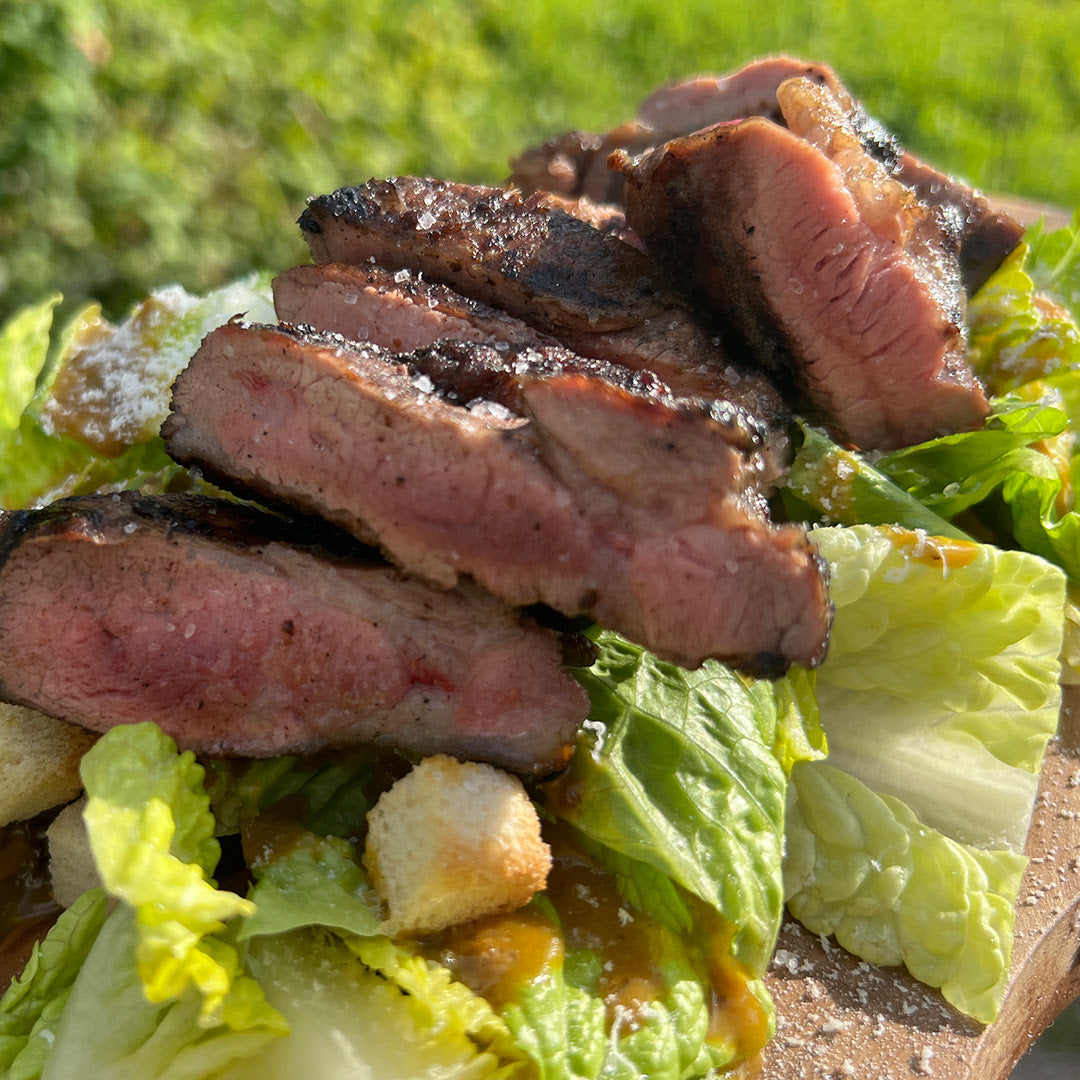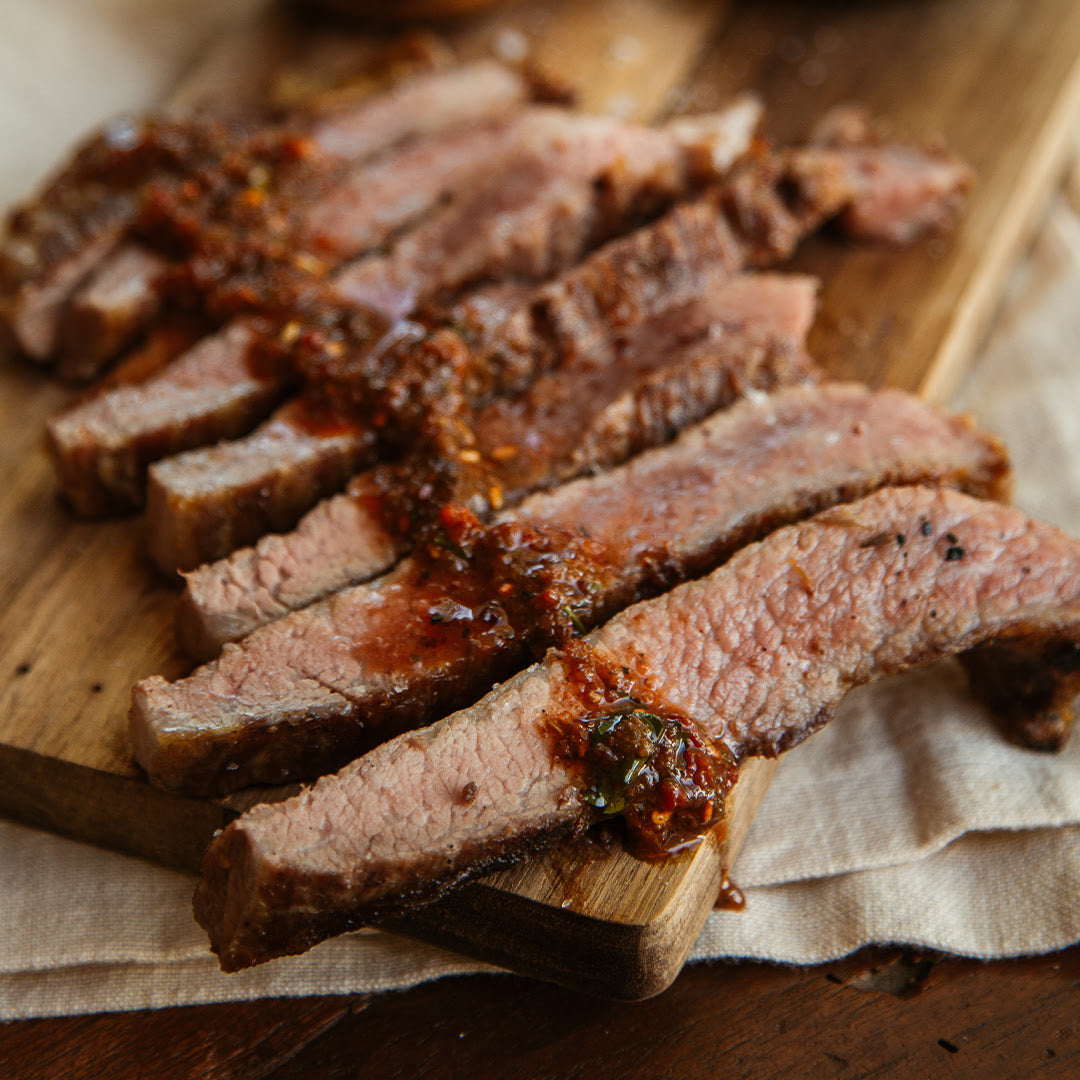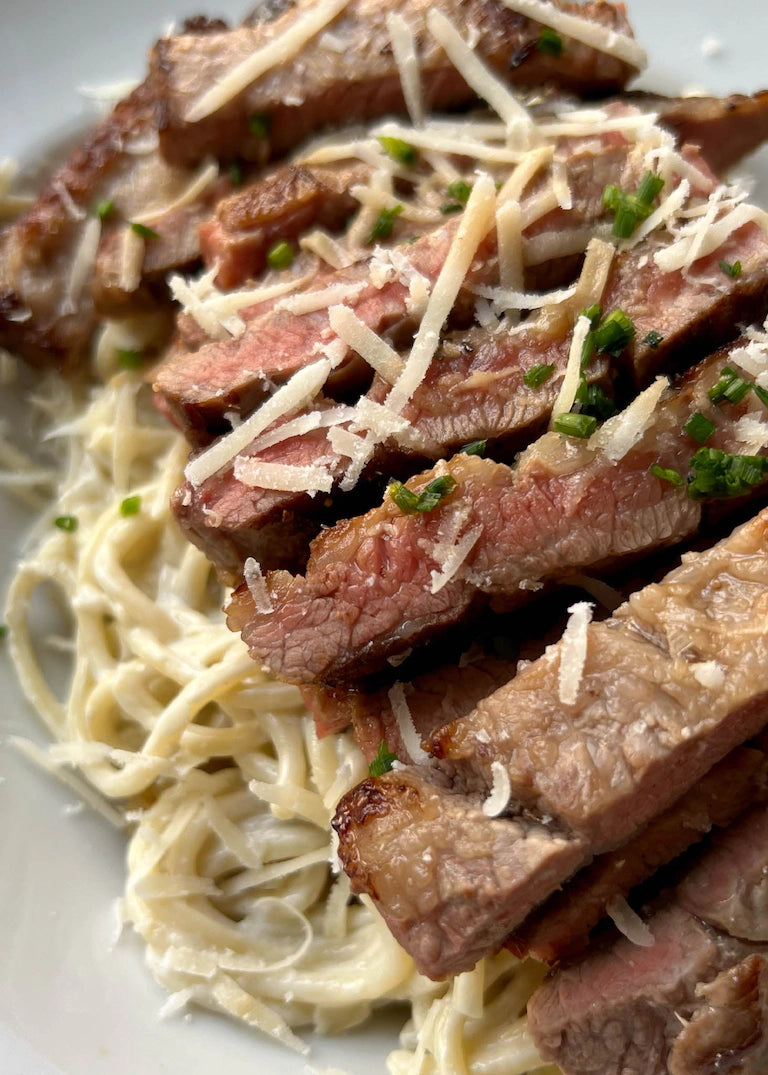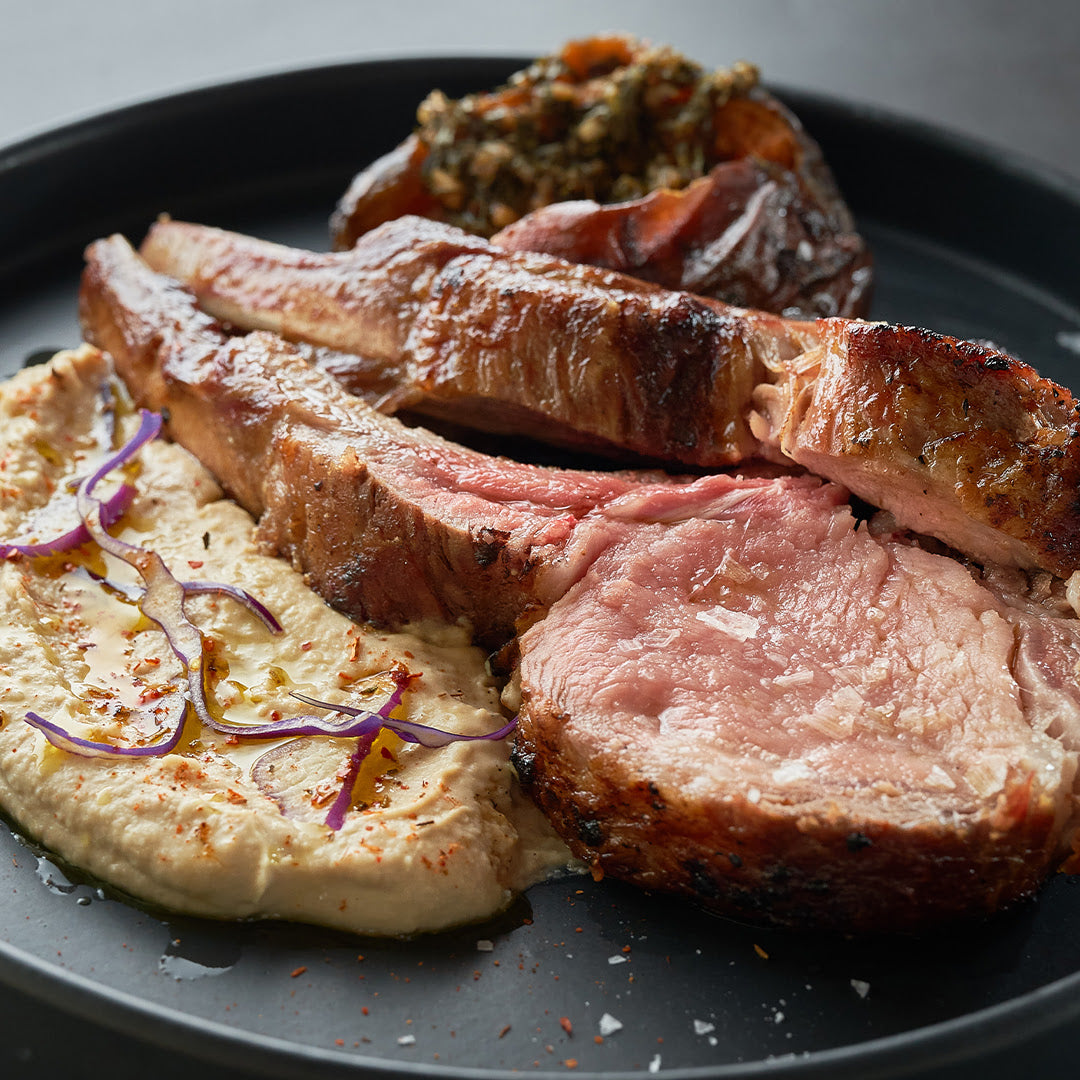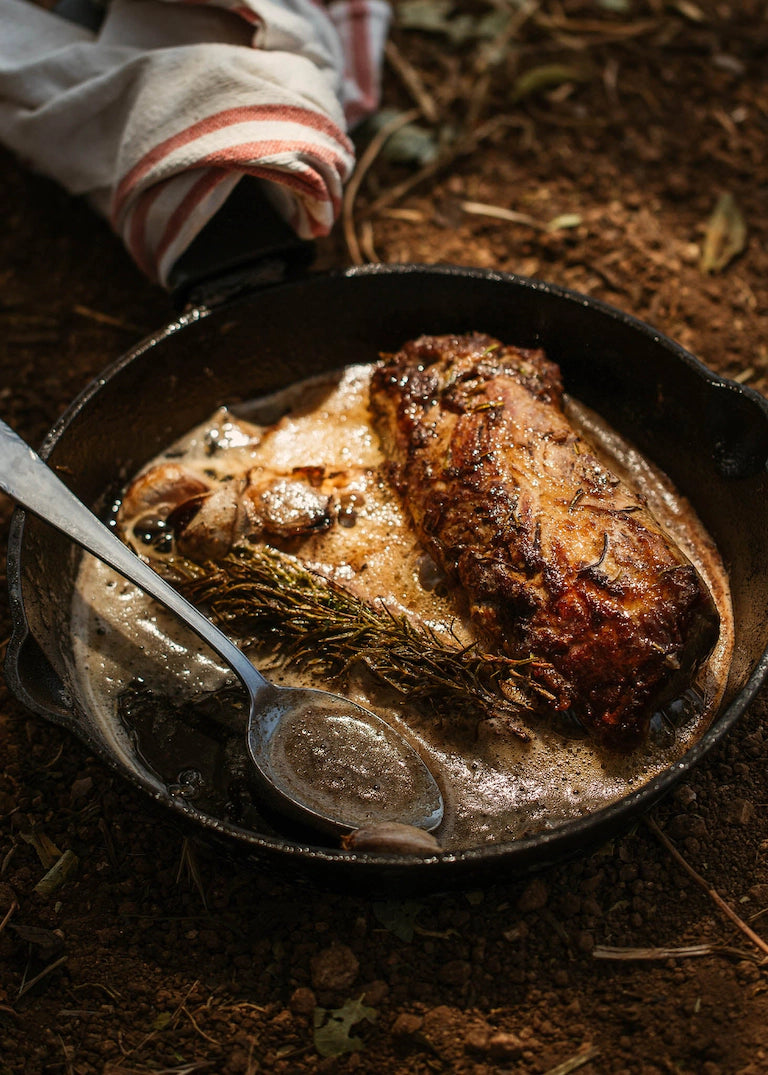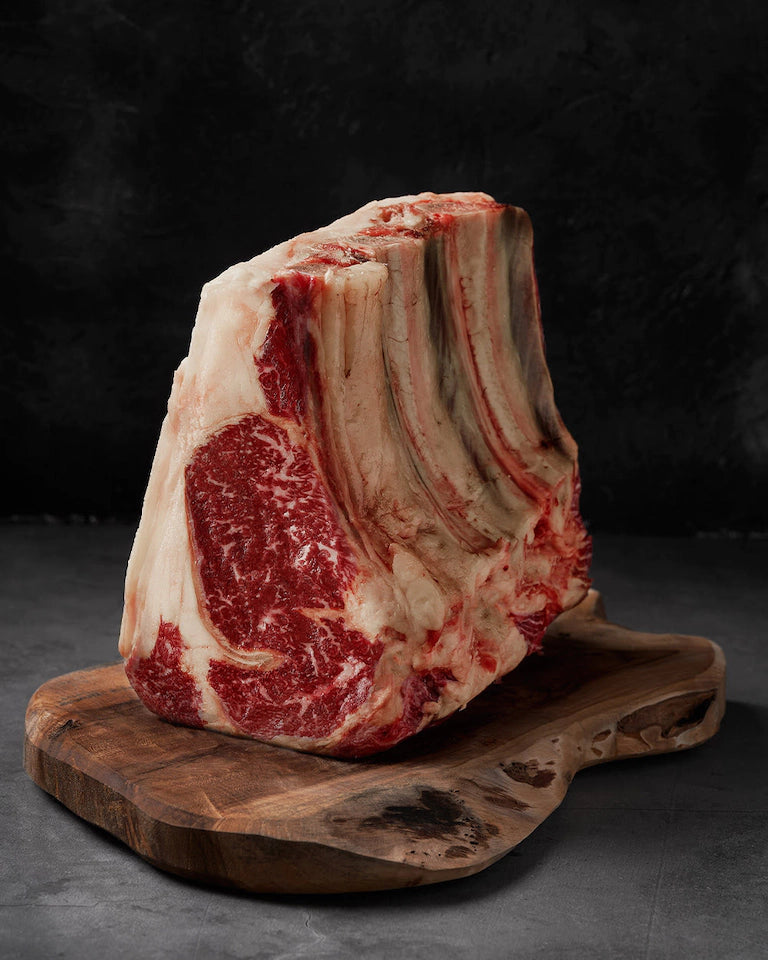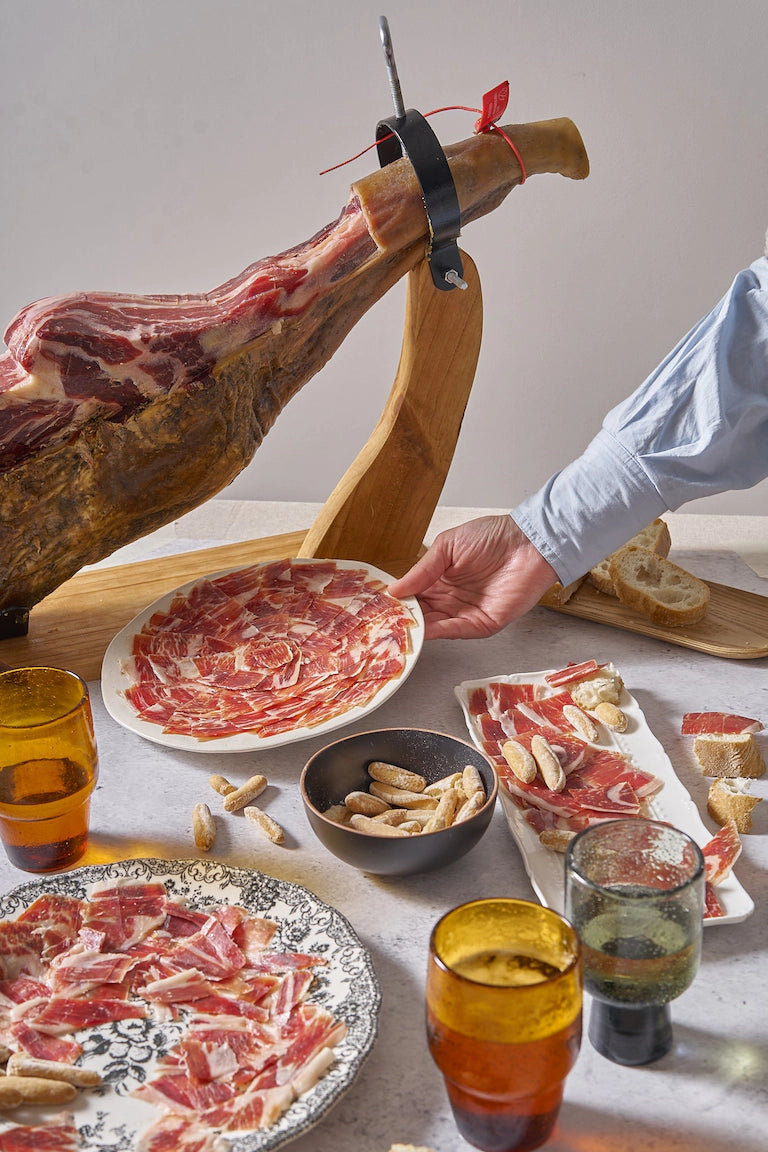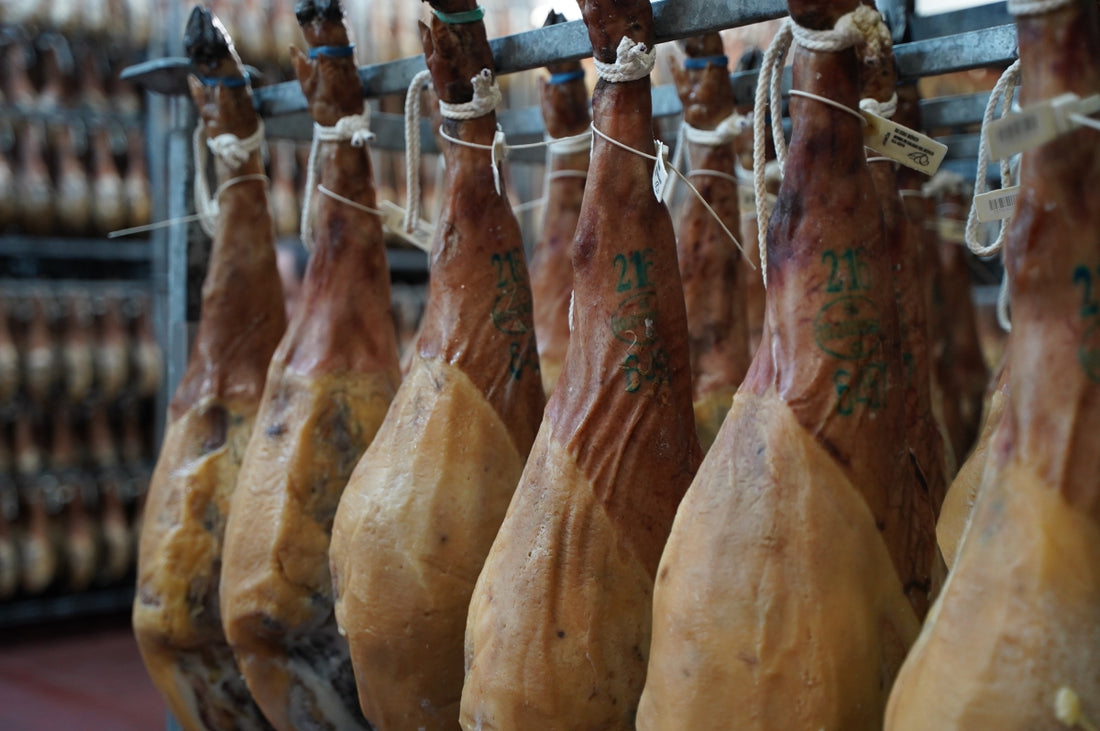
Iberian ham is a gastronomic treasure appreciated worldwide for its unique flavor and delicate texture. Only some people know that behind each slice of Iberian ham is an artisanal curing process that guarantees its quality and excellence.
For this reason, today, you will learn about the different stages in the curing of Iberian ham so that you can understand the importance of this process in obtaining a product of the highest quality.
Iberian ham curing stages
Curing Iberian ham is an artisanal process that follows a series of key stages to achieve excellence in flavor, texture, and aroma. Each phase requires time and dedication, but the result is an authentic delicacy that delights the most demanding palates. The different stages of the process are described below:
Salting: the first step to Perfection
The salting process is the first crucial step in preparing Iberian ham, where the foundations are laid to achieve perfection in flavor and texture. The first step is to submerge the ham in sea salt, allowing this ancient ingredient to penetrate the meat and trigger a series of fundamental chemical reactions.
The main purpose of salting is to dehydrate the ham and extract the excess water in the meat. To do this, high-quality sea salt is used, which provides both flavor and natural preservative properties. The salting time varies between 7 and 10 days, depending on the size of the ham.
During this period, the salt acts as a dehydrating agent, removing water from the meat cells. This process helps to prolong the shelf life of the ham and prevent the proliferation of undesirable microorganisms. In addition, salt favors the diffusion of flavors and aromas, allowing the unique characteristics of Iberian ham to develop.
The slow and controlled penetration of salt into the meat is essential to obtain the right balance of flavors. This is why salting experts apply their knowledge and experience to determine the amount of salt to use, ensuring that the ham is well-spent and tasteless.
It is worth mentioning that during salting, a salt crust forms on the surface of the ham, which acts as a protective barrier and helps conserve internal moisture. This salt crust also contributes to the uniform distribution of the salt throughout the piece, ensuring that every part of the ham benefits from its effects.
Post-salting: the rest that enhances the quality
Once salting is complete, the salt is removed from the ham and allowed to rest so that the meat can absorb the salt and develop its distinctive flavor inside. This stage, which lasts approximately 60 to 90 days, is crucial for the flavors to be evenly distributed while enhancing the ham's organoleptic qualities.
Drying or ripening: the art of creating nuances
The ham is hung in special drying sheds, where the cool, dry climate favors weight loss and the development of characteristic flavors and aromas. During this phase, which can last between 6 and 24 months, depending on the size of the ham and the pig's diet, the meat acquires a delicate and firm texture, while the flavors are enriched, and the nuances deepen.
Aging or Healing: the final touch of Mastery
Once transferred to the unique cellars for the curing or aging stage, the ham is placed on racks or hangers, creating an ideal environment for the desired changes. These cellars usually have a constant, controlled temperature and adequate humidity to allow the ham to evolve gradually.
During aging, a series of biochemical and enzymatic processes are responsible for the transformation of the meat. Intramuscular fats are broken down, creating a smoother and more buttery texture. At the same time, proteins are denatured, and reactions generate complex aromatic compounds, giving the ham its characteristic intense and pleasant aroma.
The duration of aging varies according to the size of the ham and the type of pig's diet. More giant hams and those from free-range pigs fed on acorns usually require a longer curing time. This prolonged maturation allows the flavors to intensify and balance, reaching their maximum expression.
It should be noted that, during this process, the ham masters constantly monitor the ham, inspecting its evolution and applying refining techniques, such as turning and brushing, to ensure uniform curing and exceptional quality. In addition, temperature and humidity are closely monitored to maintain optimal maturation conditions at all times.
As you have learned, the Iberian ham curing process, which combines tradition, experience, and dedication, is a true manifestation of Spain's gastronomic art, and each stage plays a crucial role in creating a product of exceptional quality.
